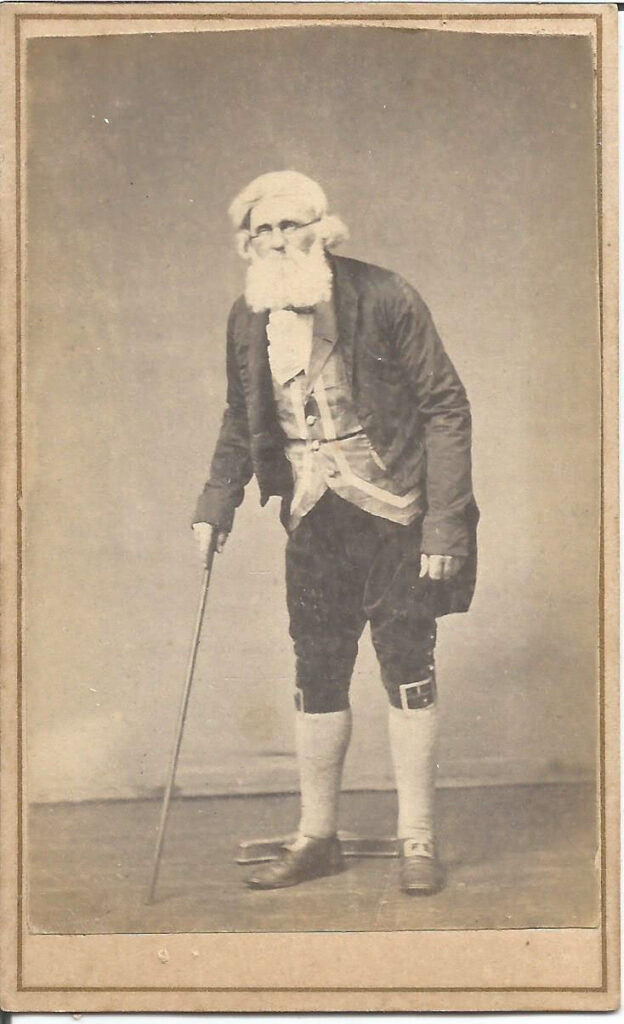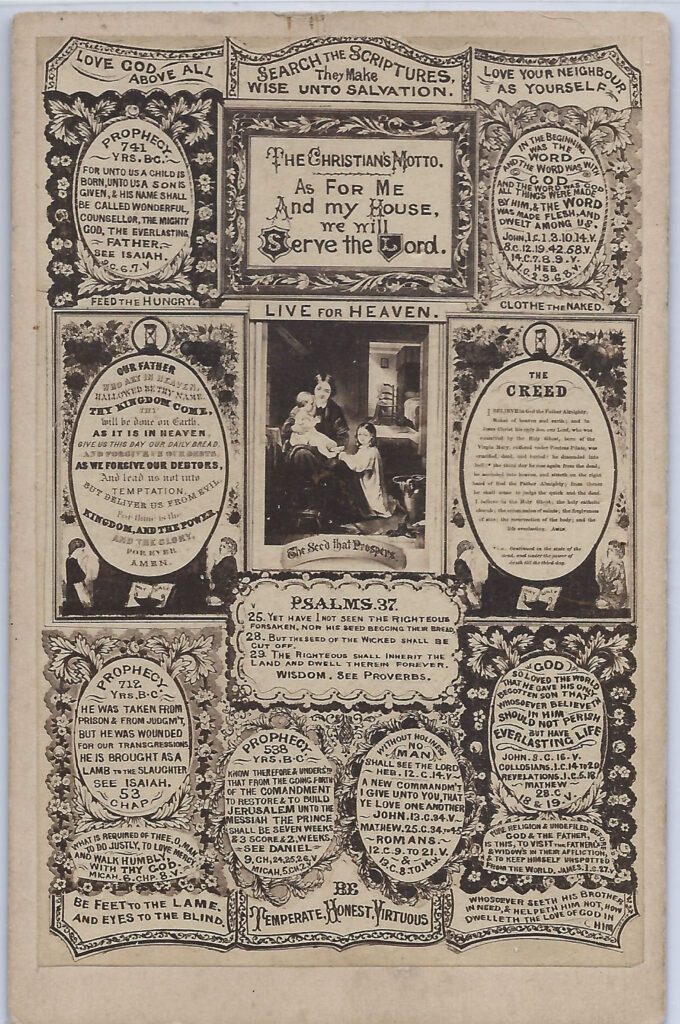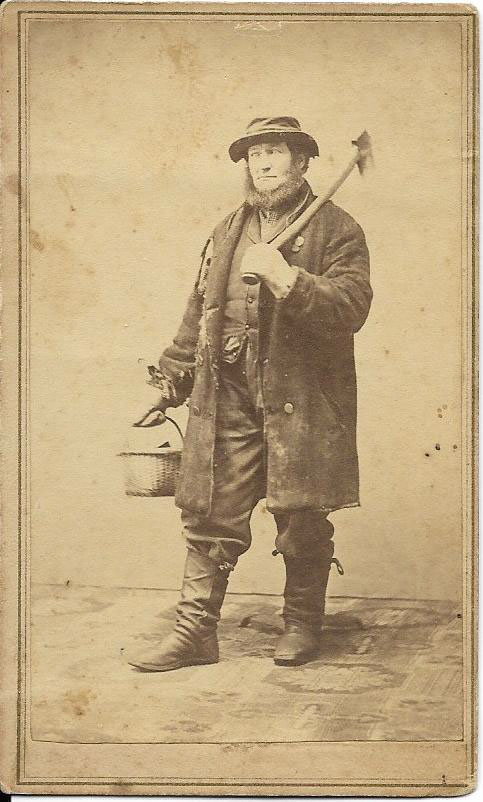Section #1 - America’s years as a British Colony end with The Revolutionary War
Interlude: The American Landscape in 1760
Time: 1607-1760

Amidst the swirl of global events, the population of English settlers in America has grown dramatically, reaching roughly 1.6 million by 1760, as the French & Indian War comes to an end.
Colonial Population Growth
| Year | Estimated # Settlers |
| 1620 | 2300 |
| 1650 | 50,000 |
| 1680 | 150,000 |
| 1710 | 330,000 |
| 1740 | 905,000 |
| 1750 | 1170,000 |
| 1760 | 1,590,000 |
Just over 60% of the population is white, with 2/3rd of them coming from the British Isles. African slaves are already prevalent across the country.
Population Profile Around 1760
| Country Of Origin | % of Pop. |
| British Aisles | 44% |
| Germany | 11% |
| Other Europe | 7% |
| African Slaves | 38% |
| Total | 100% |
The vast majority of people continue to reside east of the 1,000 mile long Appalachian Mountain range, which runs 15 degrees off vertical, from Newfoundland to central Alabama. This puts most settlers within 100 to 250 miles of the Atlantic Ocean.
Across the entire region villages and cities dot the landscape.
Early British Settlements In America
| Year | Location |
| 1607 | Jamestown, Virginia |
| 1620 | Plymouth, Massachusetts |
| 1630 | Boston, Massachusetts |
| 1661 | Schenectady, NY |
| 1664 | New York, NY |
| 1680 | Charleston, SC |
| 1682 | Philadelphia, Pa |
| 1683 | Williamsburg, Va |
| 1694 | Annapolis, Md |
| 1703 | Ft. Saratoga, NY |
| 1710 | New Bern, NC |
| 1713 | Fort St. John, NY |
| 1729 | Baltimore, Md |
| 1733 | Richmond, Va |
| 1733 | Savannah, Ga |
| 1736 | Ft. Frederica, Ga |
| 1740 | Wilmington, NC |
1607-1770
Sidebar: The Search For A New And Better Nation
Having surrendered their former lives by the risky journey across the Atlantic, the Colonists seem dedicated to building a “better life” for themselves and their families in the New World.
One voice that captures this wish belongs to the Puritan minister, John Winthrop. In a 1603 sermon, “A Model of Christian Charity,” he announces his vision of this “better life” and argues that it is America’s duty and destiny to live up to its ideals.
Our posterity will be to do justly, to love mercy, to walk humbly with our God…For this end, we must be knit together…as one man, we must entertain each other in brotherly affection…make others conditions our own always having before our eyes our community as members of the same body…so the Lord will delight to dwell among us as his own people and will command a blessing upon us in all our ways.
We shall than be as a City upon a Hill, with the eyes of all people upon us.
Herein lays the image of America as a shining beacon of light rising above the historical failings of Europe – an image that will become a lasting part of the national heritage.

1760’s
Sidebar: Building A Viable Economy

Along with Winthrop’s religious idealism, the settlers share a very practical and self-centered wish – to maximize their own economic prosperity by acquiring and working their own land.
This intense motivation to acquire land is recognized in the so-called “headright system” written into the crown’s early corporate charters. Any single man who intends to “inhabit” Virginia for at least three years is granted 50 acres of free land. If he actually follows through and cultivates the land, he receives a bonus of 50 more acres. If he is accompanied by a wife and four children the ante climbs to 300 acres of free land.
Devoting the long hours of labor required to prosper on the land seems built into the American character from the beginning. For many this “work ethic” falls out of their Protestant religious convictions. It is regarded as the dignified duty each man owes to God, according to the Puritans, and the prosperity that follows for some may signal their improved odds of “election” into eternal salvation.
And so the colonists work their land, and take from it what is given.
But much to the dismay of their English joint-stock investors, this fails to include either gold or silver.
Instead, each of the colonies takes advantage of the natural resources it finds, first to sustain their immediate families, then to live up to the “export requirements” in their corporate charters.
The Southern colonies succeed first with tobacco, which become enormously popular in England once shipments arrive. Over time, crops of rice and indigo (for dyeing) add substantially to company profits. Harsh winters and stony soil require the North to look elsewhere for desirable exports. They find it first in lumber, for ship-building, and then in the world’s richest supply of what Bostonians call the “sacred cod,” the catch that spawns the fishing industry in America. Europe also proves eager for New England rum and for fur pelts used in top hats and winter clothing.
Primary Commodities Produced As Of 1763
| Colony | Goods |
| Massachusetts | Cod, herring, timber, iron |
| New Hampshire | Fish |
| Rhode Island | Rum |
| Connecticut | Corn, horses |
| New York | Furs |
| Pennsylvania | Flax, wheat, iron |
| New Jersey | Sheep, apples, copper |
| Maryland | Peaches |
| Virginia | Tobacco, furs, cattle, iron |
| North Carolina | Tobacco, pigs, cattle, furs |
| South Carolina | Rice, indigo, cattle |
| Georgia | Rice, indigo, silk, hides |
A vigorous export/import trade cycle evolves here, with the colonists shipping their raw commodities to England and receiving a variety of “finished goods” turned out in British manufacturing facilities. These range from articles of clothing – shirts, trousers, dresses, shoes – to household supplies – furniture, tableware, linen – to other “basics” — tools, glass, paper and tea.
As goods flow in and out, British officials collect tariffs (i.e. taxes) on them to add to corporate and crown profits.
The Royal Navy plays an important role in guaranteeing this trade. It guards the sea lanes to Britain and battles two main threats – smugglers seeking to avoid payment of tariffs, and pirates intent on stealing shipments for themselves.
1655-1718
Sidebar: Three 17th Century Pirates Of The Caribbean

While the Royal Navy is mostly successful in controlling piracy, three brigands are immortalized for their high seas raiding exploits.
The first is Henry Morgan (1635-88), a Welshman, who is said to have boarded some 400 British ships in the Caribbean before finally being captured. On his way back home to the gallows, King Charles II of Spain is able to intercept, free him and name him Governor of Jamaica, in honor of his good works. Like a cat with nine lives, Morgan lives out his life on the island, dying there in peace after decades of crime.
The pirate William Kidd (1645-1701) is not as lucky in the end as Morgan. He is a Scotsman who actually takes up residence for a time in New York City before settling on a life devoted to attacking ships of the British East Indies company along the coast. He is eventually arrested in Boson and hanged back in England.
Perhaps the most famous of all pirates is the Englishman, Edward Teach (1680-1718), whose moniker becomes “Blackbeard.” Teach roams the Caribbean for years at will until finally…. As a warning to any future pirates, the British display his head on a pike in the harbor at Hampton, Virginia.
1607-1775
Sidebar: Governing The Colonie

From the 1607 settlement of Jamestown onward, the thirteen colonies are governed according to the “charters” worked out between the monarchy and the mercantile investors.
All policy decisions affecting the colonist fall under the purview of the King.
Local administration resides with the Governor of each colony, who is appointed by the crown. In turn, the Governor receives “advice” on local affairs from two “administrative bodies.”
One is a “Council,” typically consisting of twenty or so representatives of the joint-stock Corporation who are focused mainly on maximizing the profit flow from the colony.
The other becomes known as the “House of Burgesses” – a burgess being an official, elected by property owning male colonists, and charged with communicating issues and wishes to the Governor.
Each colony is eventually broken into shires, or counties, as the population become distributed across villages. Again the officials in each county are appointed by the Governor.
Surveying the land and settling on boundaries is an important and on-going administrative task.
Border conflicts, at times violent, persist in some regions. Massachusetts sprawls all the way to future day Maine, interrupted by New Hampshire, which also contends with New York for territory. The delayed seizure of New Netherlands from the Dutch in 1664 leads to disputes between New York and New Jersey. Meanwhile, the east coast colony of Connecticut lays claim to “western reserve” land across the Appalachians, in what becomes the state of Ohio.
By 1763, however, the shape of all thirteen colonies is pretty well determined. Relations with England are generally harmonious. The colonists have acquired their land, developed a viable economy, and enjoy the free pursuit of the religious practices many have sought. The joint-stock corporations have established a profitable system of import/export trade. The local militias have fought side by side along with the British regulars to defeat France and Spain.
By in large then, some 150 years after the 1607 landing at Jamestown, the colonists feel like their risky voyages to the New World and their ongoing allegiance to the British crown have paid off handsomely.